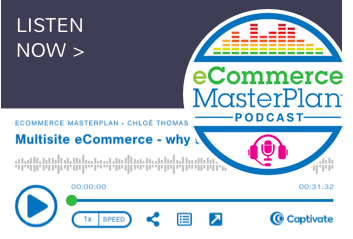
What are the benefits of the multi-brand approach?
We all have our favourite brands.
Maybe you love Pepsi.
And maybe you like Walkers crisps. How about some Quaker Oats to start your day?
If you like all these then guess what?
They’re all owned by the same company: PepsiCo.
The multi-brand strategy is more common than the average shopper may realise, but it’s often hidden. But they don’t always have to be like PepsiCo. There are different ways to approach multi-brand strategies.
Multi-brand examples
Let’s look at Unilever, Virgin, and FedEx who all operate multiple brands but in different ways.

Unilever – owning different brands in different markets
Unilever encompasses a variety of brands which essentially function on their own, similar to the PepsiCo example. There is often nothing to connect them to the main brand.
Unilever owns Dove, St. Ives, Cornetto, Ben & Jerry’s, Pot Noodle, Hellman’s, Q-tips, Vaseline, Lipton, VO5, and many more brands. But their advertising and brand representation is all completely unique, with nothing at all signalling a relationship between the brands.

Virgin – Same brand, different audiences
Virgin differs because while it has different brands which offer varying services, like Virgin Digital, Virgin Music Channel, Virgin Healthbank, and Virgin Travelstore, all brands are clearly related to the mother company: Virgin Group Ltd.
The identity of the company keeps supporting the other brands.

FEDEX – Same brand, different services
FedEx is similar to Virgin in the sense there are multiple brands supported by the original FedEx Corporation brand. But it’s different in the fact the services largely remain the same.
It’s the brand identity that changes e.g. FedEx Services, FedEx Express, FedEx Ground, and FedEx Freight. They’re all exporting and delivery brands.
But the question remains: why do brands do this when they could keep things simple under one brand?
Deciding whether to make the leap to multi-brand is much easier for large multinationals than small-medium businesses. It can seem daunting and scary, and you might be unsure of whether it’s the right decision. But, it is achievable with the right planning and software, and there are noticeable benefits to doing so.
The benefits of owning multiple brands
There’s a reason multi-brand strategies are so popular. They have a range of benefits, such as:
- It leaves less shelf space for your competitors. You have a better opportunity to obtain a market majority using multiple brands.
- Keeps brand switchers associated with your company – Some customers like to try different brands and flitter between them. With multiple brands, they can switch brands while staying within your company.
- Increases competition between managers – Competition drives better performance.
- Reduces startup costs for subsequent brands through the franchise. When the initial business succeeds, you can develop a second brand, using the income from the first.
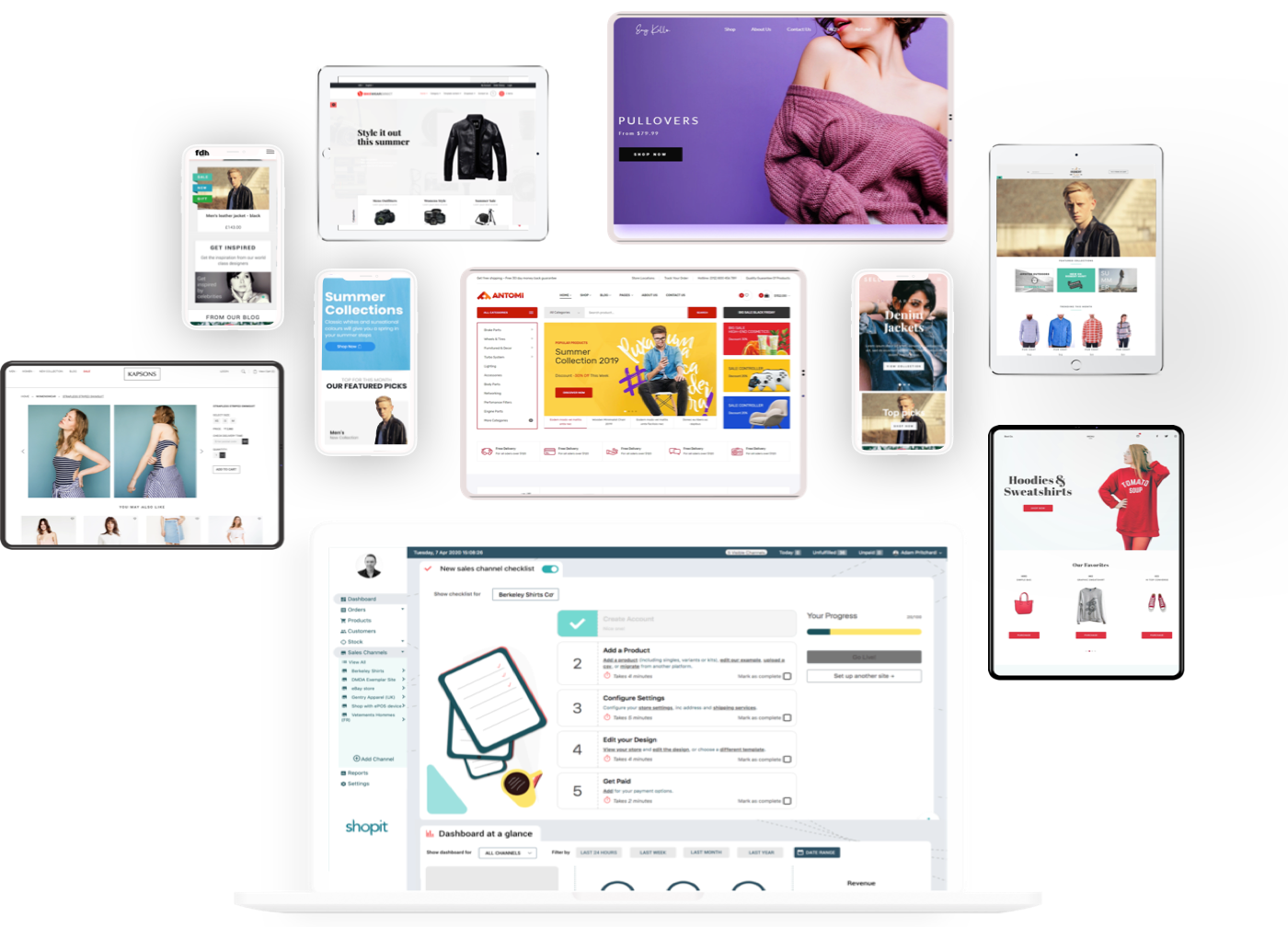
Getting a multi-brand strategy right
Like with any strategy, there are traps you could fall into.
But they’re easy to avoid with proper preparation to address how you will overcome the issues. If you want to do it right, the things to consider include:
- Ensuring you leave no room for confusion between separate brands
- Offering dedicated sites for dedicated experiences in line with your brand
- Making sure multiple brands are visible to customers
- How you’re going to effectively manage multiple brands
Check out our 9 essential things every eCommerce business needs to make sure you have a sound footing.
The multi-brand strategy is a great way to expand your business and customer reach, helping you increase your revenue. It’s perfect for companies with a team of dedicated staff behind them who want to see the company grow and succeed. If your staff and eCommerce platform are up to the task, your multi-brand strategy will be a success.
Going multi-brand or multi-country no longer has the financial barriers it used to – technology has moved forward.
Making multi site management easy
Shopit makes multi-brand management easy, giving you the tools you need to get off to a flying start. You can easily create and manage multiple brands from one dashboard, with easy global sales as your site automatically adjusts the language of your products and website.
This is just the beginning of what Shopit can do. To see more, take a look at the other features on our site, or get your free trial.
Listen to the Podcast
Our CEO Adam Pritchard talks extensively about the benefits of a Multi brand and multi site approach to eCommerce in this podcast episode with Chloë Thomas on the eCommerce Masterplan.
You can listen to the episode right here; though we heartily encourage you to check out the entire 200+ series of eCommerce Masterplan and discover more great ideas from Chloë and her guests.
You can also find it on Spotify , Apple Podcasts and YouTube (search ‘Adam Pritchard eCommerce’)
Related Posts

3 ways you can improve the customer experience in your online store
To create a successful business, you have to focus on what you can control. In the eCommerce...
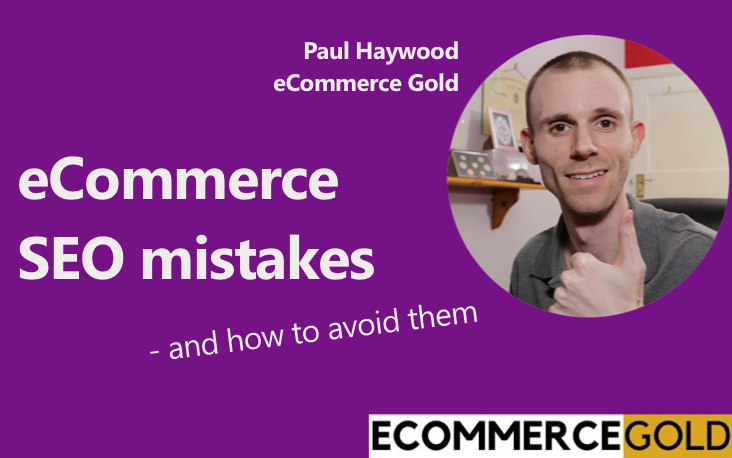
6 Common Ecommerce On-Page SEO Mistakes and How To Fix Them
There are many different ways to market an ecommerce store but the one that is often the most...
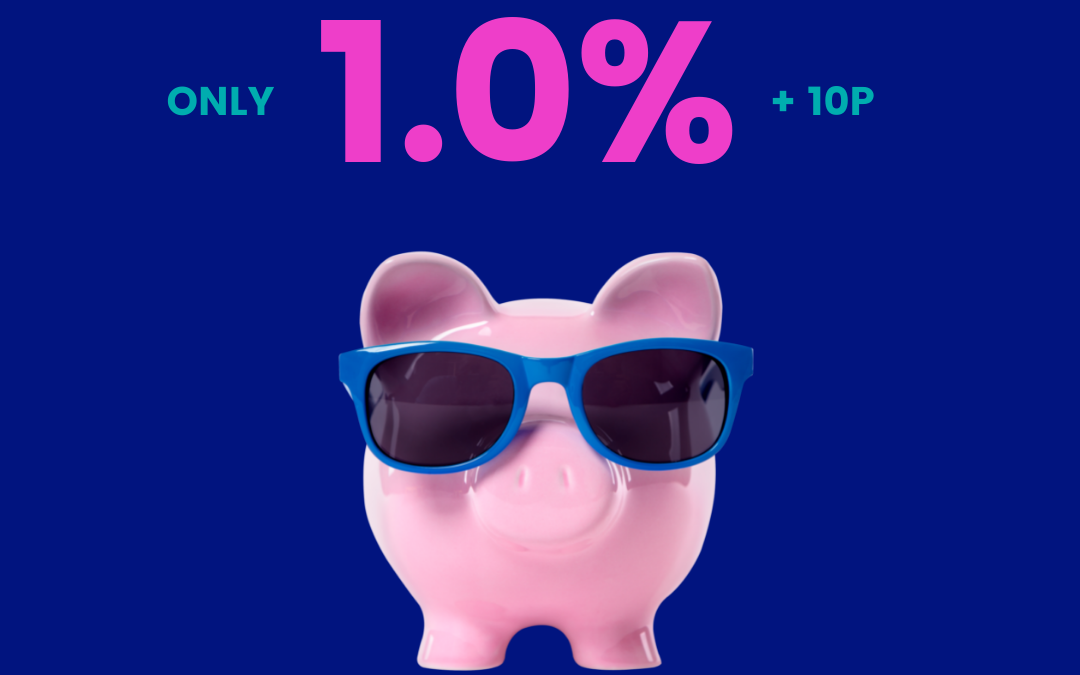
New 1.0% + 10p rate for everyone
Shopit is very proud to announce that every platform subscriber will benefit from a market leading...
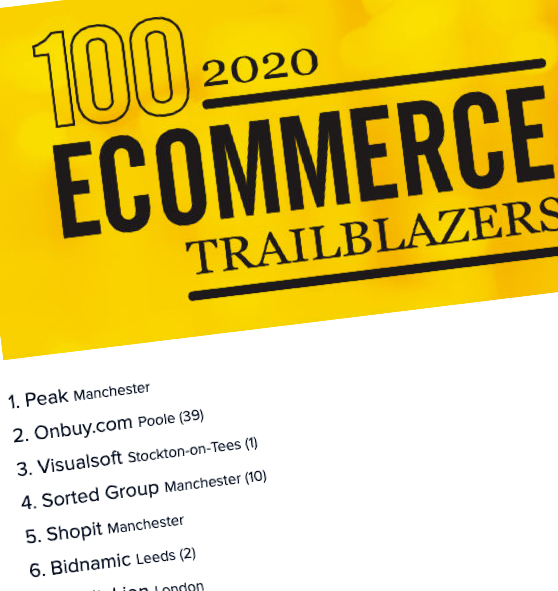
Shopit ranked top eCommerce platform
On November 30th 2020, we were genuinely honoured and pleased to be named by BusinessCloud as the...

Sam is an ecommerce enthusiast with a background in digital marketing, web design and many other talents
Sam takes a keen interest in customer problems so he can help develop solutions to help everyone move forward
